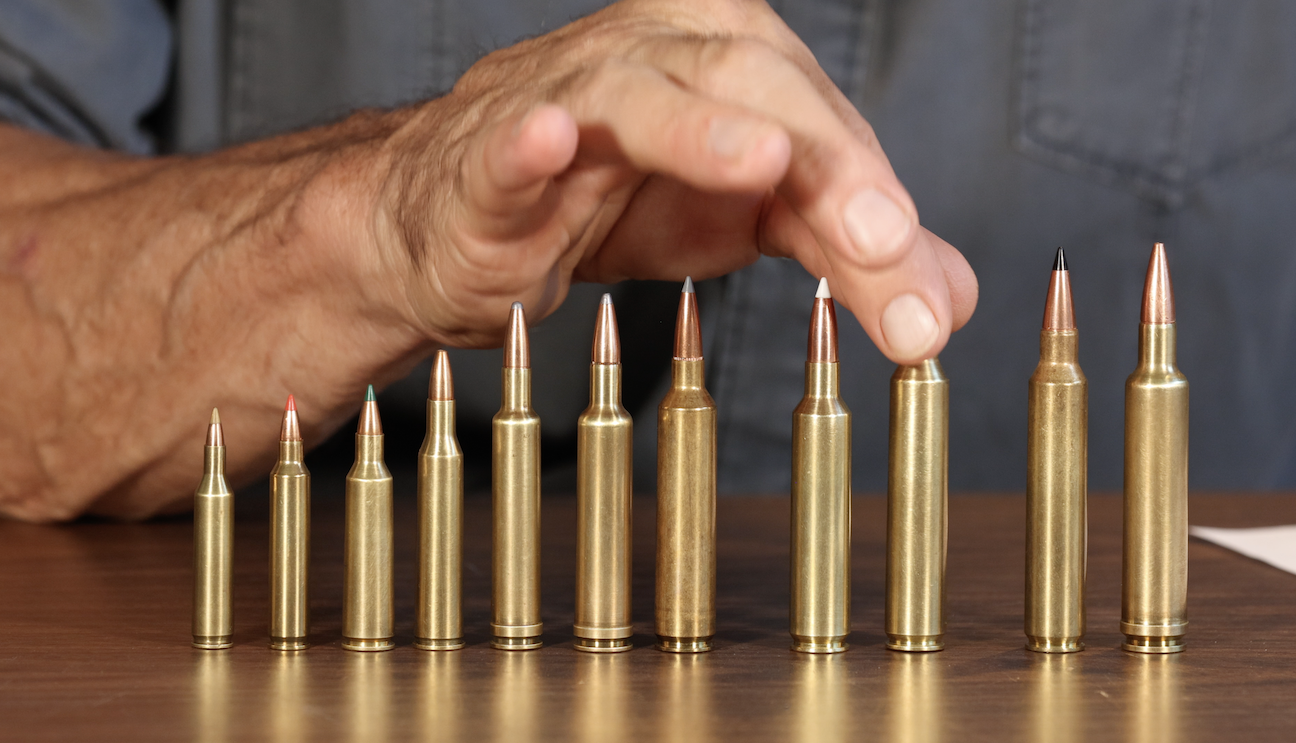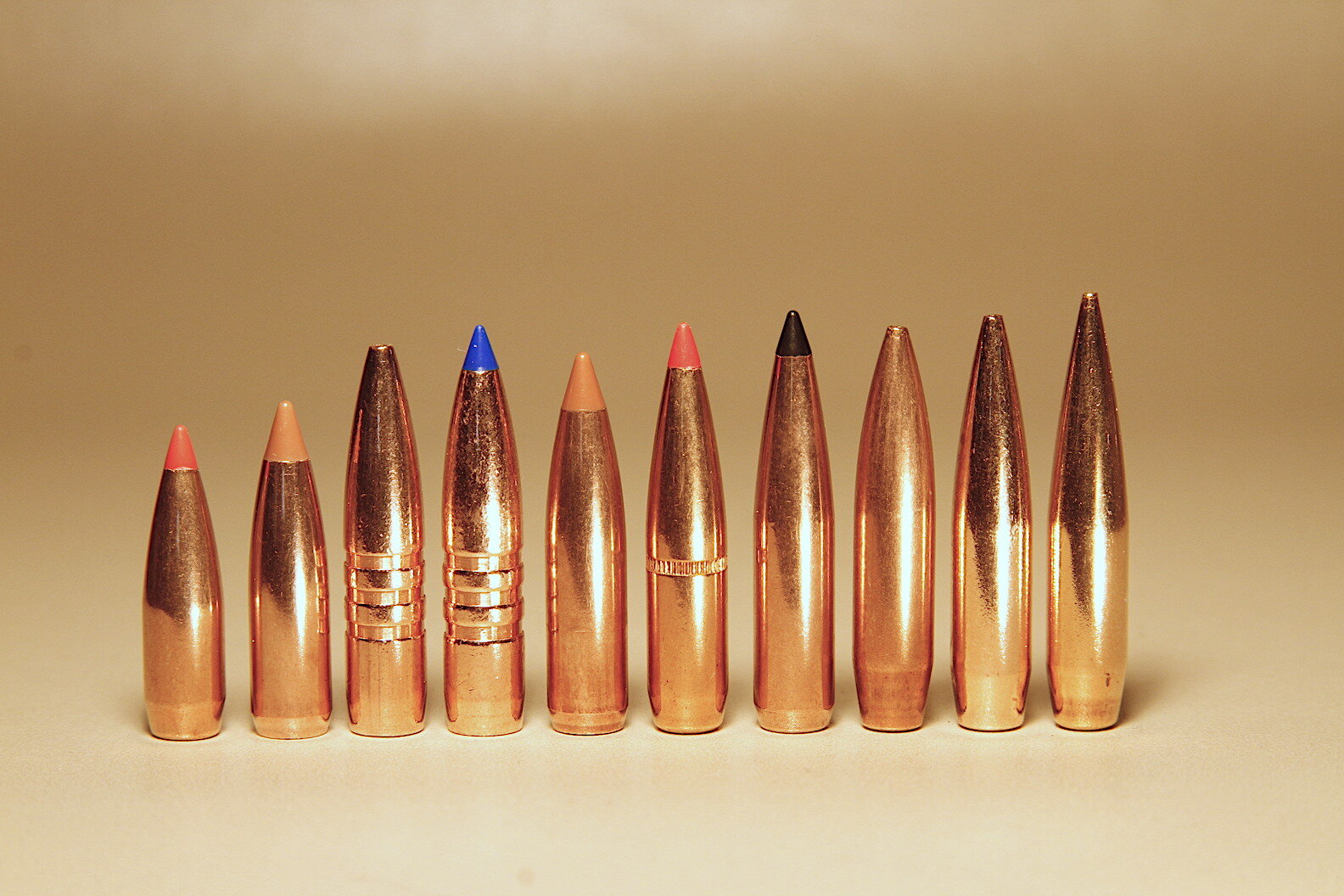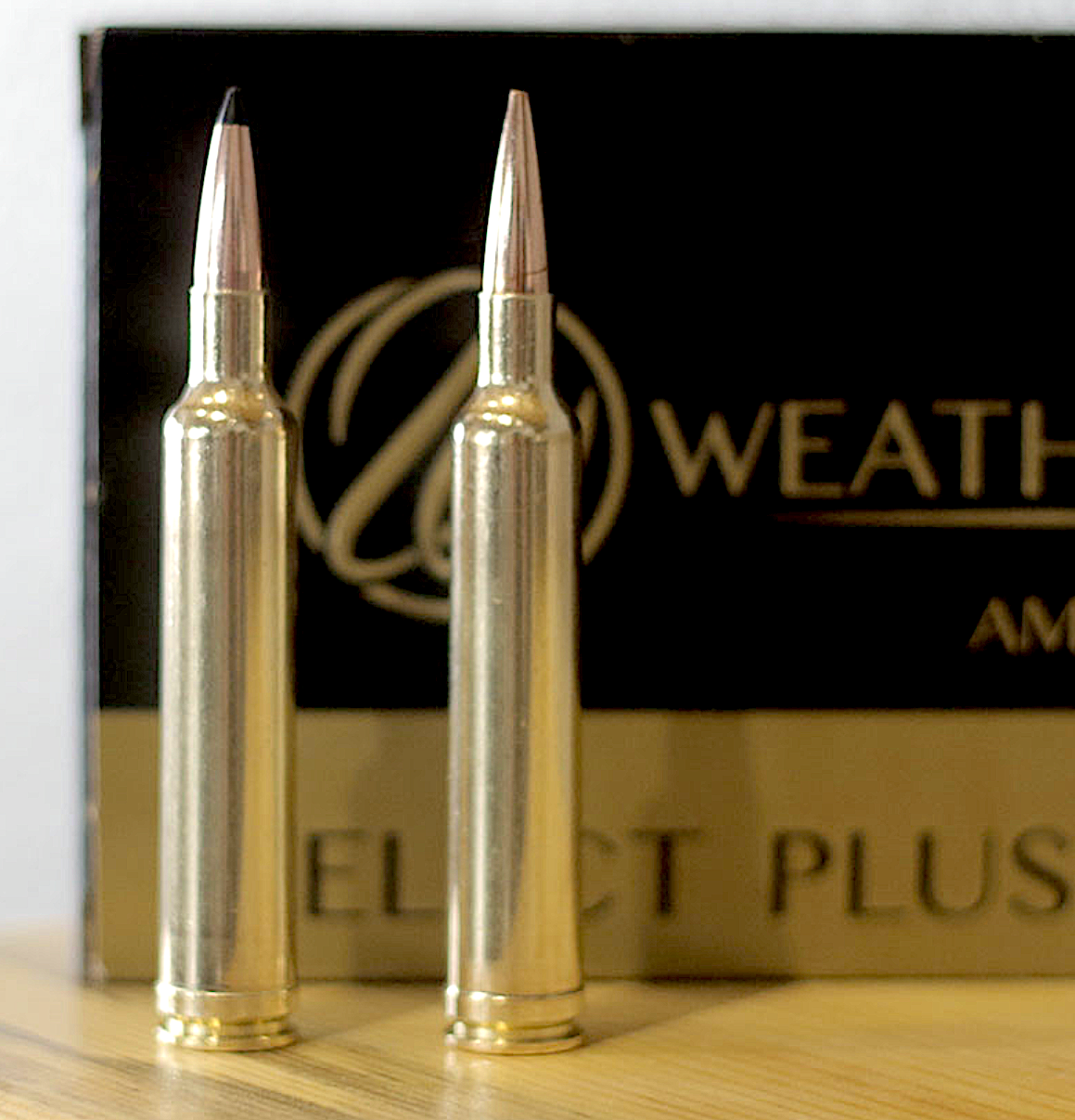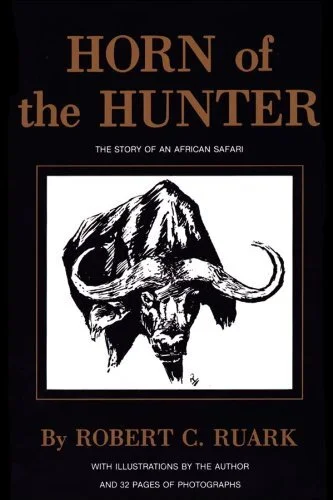Flattest Shooting Rifle Cartridges by Caliber
My grandkids have a poem for this photo: Cartridge cartridge on the table, choose the flattest if you’re able.
Our blog and video on the Flattest Shooting Cartridge Ever! inspired a lot of comments, dissent, and different candidates for the title, so let’s take a more detailed look at the flattest of the flat.
Setting Boundaries for Flattest Shooting Cartridges
First, some boundaries. We are not going to include here the esoteric military sniping rounds engineered for 1,000 yards, 2,000 yards, even 3,000 yards. Not many of us can afford the ammo, let alone the rifles and scopes that chamber it, in such calibers as 375 CheyTac, 408 CheyTac, or 416 Barrett. Nor could most of us scrape up a good excuse for owning one. (Curiosity? Fun? Prairie dogs?)
Second, we are not encouraging extreme-range shooting at game. Nor are we maintaining that the flattest shooting cartridge/bullet is the ultimate determinant of a good hunting round. No, this is merely a fun exercise in ferreting out the cartridge/bullet combination that shoots the flattest at reasonable hunting distance with a bit of extreme range (1,000 yards) thrown in for spice. Hunters can take advantage of flat shooting rounds to extend maximum point blank range, the distance over which a center-of-target aim results in the bullet remaining within the kill zone, never climbing above it at mid-range and remaining in it until maximum point blank range is reached. MPBR with a 150-grain spire point from a 308 Winchester might extend to 317 yards on an 8-inch target while a 300 RUM might push that same bullet to 373 yards. When you haven’t time to engage a laser rangefinder, knowing you can reach the kill zone with a dead-center hold at any distance out to 373 yards is pretty comforting. This is the allure and benefit of a flat shooting bullet.
Pronghorn hunters have driven the search for flatter shooting cartridges for a long time.
As for targeting game at extreme distances, yes, I realize there are thousands of dedicated, well-trained long range shooters who are as good at 1,000 yards as many of us are at 500 yards and some of us at 200 yards. But, as an extreme range competition shooter recently told me, the number of cold barrel, first round hits he sees at 1,000 yards in competition is well below 50%. Whether or not that’s true, my own success rate at 1,000 yards informs me to always stalk closer if I can and to forego shots at any distance unless I’m supremely confident I can make them. Been there done that, so I’m not playing holier-than-thou. Just hoping my bad experiences might inspire you to avoid some of your own.
CHECK OUT RON’S FAVORITE HUNTING GEAR
Hunters and shooters should also know that wind deflection of bullets is a more challenging part of hitting what you shoot at than is drop. Drop is constant at the gravitational pull of 32 feet per second accelerating at 32 fps. Know your trajectory curve and nail the shot distance with a range finder and you can offset huge rates of drop. On the other hand, wind speed and direction are inconsistent. A 10 mph right angle wind at 500 yards can divert even a fast, high B.C. bullet 12 inches at 500 yards, a low B.C. bullet twice that far. A 3 mph breeze at the shooter can become a 20 mph roar in the canyon halfway to the target. The wise longer range shooter errs on the side of a higher B.C. bullet to offset wind deflection. Nevertheless, flat shooting cartridges have long fascinated hunters and driven cartridge development and sales. It’s just human nature to celebrate and admire the biggest, bestest, and flattest. So let’s roll with this!
Bullet B.C. plays a major roll in trajectory, but is second in significance to muzzle velocity.
Not Rocket Science, But Newtonian Physics
My third point is to remind you that this is not a scientific, Newtonian examination of all possible permutations of cartridges, bullets, muzzle velocities, and Ballistic Coefficients that determine bullet drop over all distances. I have neither the scientific knowledge nor mathematical skills to figure out the perfect blend of factors that produces the flattest trajectory winner. Best I’ve been able to do is run ballistic charts on many combinations, knowing that muzzle velocity is of major importance and bullet B.C. modifies results at some point. Just what the perfect balance between MV and BC is remains unanswered by me. Perhaps you, dear reader, can provide the formula!
Meantime, let’s enjoy our deeper dive into flat shooting hunting cartridges (hand carried and shoulder fired. No howitzers or tanks.)
Trimming the Field of Flattest Shooting Rifle Cartridges
In any caliber the cartridge that attains the highest muzzle velocity wins the flat shooter award, so there’s no sense arguing that the 6.5 Grendel might shoot as flat as the 27 Nosler.
Let’s start by acknowledging we can minimize our search by ignoring all cartridges within each caliber that don’t produce maximum velocity in that caliber. In other words, the 223 Remington throws the same bullets as the 220 Swift, but can’t approach its maximum velocity, so there’s no chance it can shoot as flat. Ditto the 6.5 Creedmoor and 6.5-300 Wby. Mag. etc.
This means we can first determine the fastest cartridge in each caliber, then compare it against the fastest in others. The caveat here is that “fastest” becomes a bit murky. Do we compare the fastest factory loads or top end handloads from select handloading manuals? And is it fair to include Risky Ralph’s overstuffed, compressed-powder loads that exceed the highest handloading guide’s top loads by 400 fps and leave primers looking as if they’d been squashed on a train track? Heck, I can’t even find agreement on maximum muzzle velocities in handloading manuals from Speer, Hornady, Nosler, Berger, Swift, Hodgdon, Norma, Sierra, Barnes… Furthermore, just because the manual lists those speeds does not mean your rifle will deliver them. Every rifle is different. Top muzzle velocities with the same combination of powder, primer, and bullet can vary by 100 to 200 fps. Trust but verify.
What I’ve done with this deep dive review is use the highest Handloading Manual velocities I’ve discovered, trusting that you, gentle reader, will understand that your mileage may vary.
Caliber by Caliber
Choosing the flattest shooting rifle cartridge in each caliber category seems fair, fun, and revealing, so we’ll do that before identifying the all time top dog. Below is the information I’ve gleaned from 17-caliber through 338. I stopped there because few hunters are going to tolerate the recoil or rifle weight needed to operate a flat shooter above 338-caliber. I have not identified bullet make and type because that doesn’t change impact drop. Only B.C. and MV do. Be aware that many of these bullets could have been target bullets. Appropriate hunting bullets may not reach these levels of B.C. Also know that not all manufacturer-claimed B.C. numbers are accurate. Often they’re inflated. And they can change in your rifle and will change at different velocities. during their trips downrange. Also, I used something called G1 B.C. numbers which are not quite as accurate as G7 numbers in predicting trajectories of today’s wildly long, sleek bullets. Still, by using G1 across the board, we are on a level playing field. The good news is that these bullets might shoot even a tad flatter than these numbers indicate.
All the following data was computer generated as if all loads were fired from a (simulated) dead flat (level) barrel, so these are pure drops. Zeroing for 100 yards or farther will change drop significantly. Barrel length will change MV. So don’t assume that you’ll be shooting the world’s flattest rifle cartridge and bullet until you’ve verified your MV and bullet B.C. I’ve included different bullet weights/BCs for most rounds to illustrate how BC changes drop at longer ranges. Here we go!
| Cartridge/Bullet | MV | BC | 300 yd | 500 yd | 1,000 yd |
|---|---|---|---|---|---|
| 17 Remington / 20-gr | 4,332 | .183 | 12.1 | 45.4 | 481.0 |
| 204 Ruger / 32-gr. | 4,158 | .228 | 12.1 | 42.3 | 359.8 |
| 204 Ruger / 40-gr. | 3,850 | .275 | 13.3 | 44.9 | 324.7 |
| 220 Swift / 40-gr. | 4,300 | .200 | 11.8 | 43.0 | 417.3 |
| 220 Swift / 55-gr. | 3,855 | .267 | 13.5 | 45.4 | 337.1 |
| 240 Wby. Mag. / 55-gr. | 4,105 | .288 | 11.6 | 38.4 | 262.6 |
| 240 Wby. Mag. / 105-gr. | 3,200 | .547 | 17.3 | 52.3 | 267.8 |
| 257 Wby. Mag. / 85-gr. | 3,839 | .329 | 12.9 | 41.7 | 264.0 |
| 257 Wby. Mag. / 115-gr. | 3,435 | .466 | 15.3 | 47.0 | 252.2 |
| 6.5-300 Wby. Mag. / 100-gr. | 4,000 | .362 | 11.7 | 37.0 | 218.5 |
| 6.5-300 Wby. Mag. / 153-gr. | 3,220 | .704 | 16.6 | 49.1 | 235.3 |
| 27 Nosler / 130-gr. | 3,593 | .435 | 14.1 | 43.6 | 239.4 |
| 27 Nosler / 150-gr. | 3,400 | .591 | 15.1 | 45.4 | 225.8 |
| 7 RUM / 120-gr. | 3,705 | .417 | 13.3 | 41.4 | 230.7 |
| 7 RUM / 185-gr. | 3,150 | .719 | 17.3 | 51.2 | 244.6 |
| 300 RUM / 125-gr. | 3,907 | .366 | 12.2 | 38.7 | 228.0 |
| 30-378 Wby. Mag. / 225-gr. | 3,100 | .730 | 17.83 | 52.8 | 251.6 |
| 338-378 Wby. Mag. / 180-gr. | 3,617 | .372 | 14.3 | 45.2 | 267.3 |
| 338-378 Wby. Mag. / 225-gr. | 3,219 | .611 | 16.8 | 50.5 | 250.1 |
The final two cartridges above are mislabeled. Both are 338-378 Wby. Mag. If the 300 RUM surprises you, know that it surprised me, too. For some reason it pushed Nosler’s 125-gr. bullet faster than did the larger volume 30-378 Wby. Mag., according to Nosler’s Handloading Guide 9. This is an example of how different loads in different rifles can produce different results. Always be open to new possibilities.
Conclusions
Obviously this list doesn’t include every possible bullet/BC/MV combination, but it gives us a pretty good picture of the likely winners at three distances. And here they are:
Flattest at 300 yards — 240 Wby. Mag. throwing a 55-gr. bullet. Drops just 11.6 inches. But it’s so close to the 6.5-300 Wby. Mag. spitting a 100-gr. projectile that you might crown that one King, especially since that 100-grain sounds a bit more reasonable for deer-sized game. But let’s have a round of applause for our antiquated 220 Swift, just 0.2-inch off the record! And it gets there with a lot less powder the either of the two Weatherby’s. The 220 Swift would be my pick for coyotes, rodents, and probably pronghorn if it weren’t for the wind deflection issue. Low B.C. always means more wind deflection. For bigger game, I could easily hunt with either the 240 or 6.5-300 Weatherby’s. By the way, while the 6.5-300 has been on the market just five years, Roy was shooting it in the mid-20th century. He just never made it official. I suspect Weatherby got wind of Nosler’s work on its superb 26 Nosler, so they released Roy’s old wildcat to steel some of Nosler’s thunder.
The 243 Winchester and 6mm Remington have reputations for shooting flat, but the lesser known 240 Weatherby magnum fires the same bullets at higher velocities, so it’s the flattest of the 24-calibers. You can argue that you can get the 243 WSSM shooting flatter, but that cartridge is already considered obsolete.
Flattest at 500 yards — Weatherby’s wildly overbore 6.5-300 wins again! Despite its relatively low B.C. rating, that 100-grain bullet is hanging in there. But can it defend that title at 1,000 yards? Before we check that out, let’s give a nod to the 240 Wby. Mag. again. It has flipped positions with the 6.5, losing by a mere 1.4-inches. Pretty impressive for a low B.C., 55-grain bullet.
Flattest at 1,000 yards — Here’s where things start to change. While that incredibly fast 6.5-300 Wby. Mag. wins again with just 218.5 inches of drop, the 27 Nosler moves into second place with its 150-grain bullet falling only 225.8 inches. Notice that it is only 3 grains lighter than the 150-grain .264 atop that Weatherby. The .277 bullet earns a lower B.C. due to its larger diameter which increases drag.
The wildly overbore 6.5-300 Weatherby Magnum wins or places near the top of the flat-shooter podium at most ranges to at least 1,000 yards.
Those, then, are my conclusions. If I’ve left out an obvious winner or near winner, write in and state your case. But don’t waste your time trying to convince us a slower cartridge in any caliber can shooter flatter than the one’s we’ve identified as category leaders. I hope this report clears up some trajectory confusion and perhaps settles some old arguments. And for all of you who’ve just learned your flat shooting champion really isn’t, sorry. It’s just physics.
















